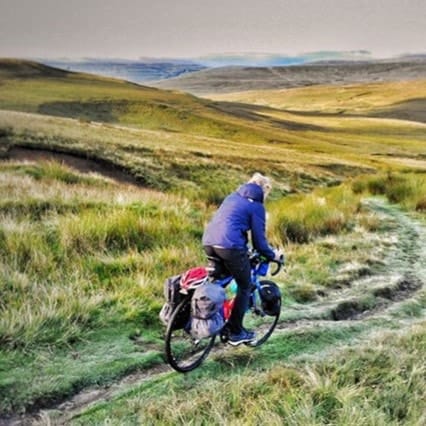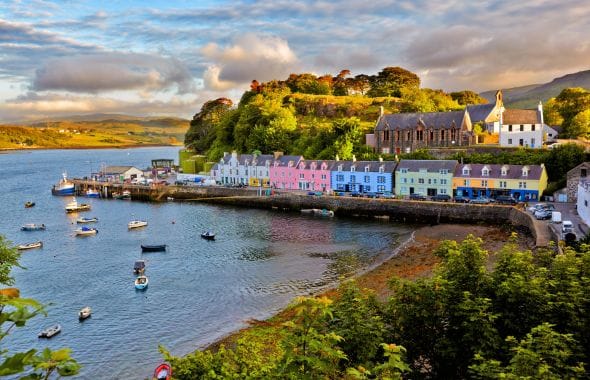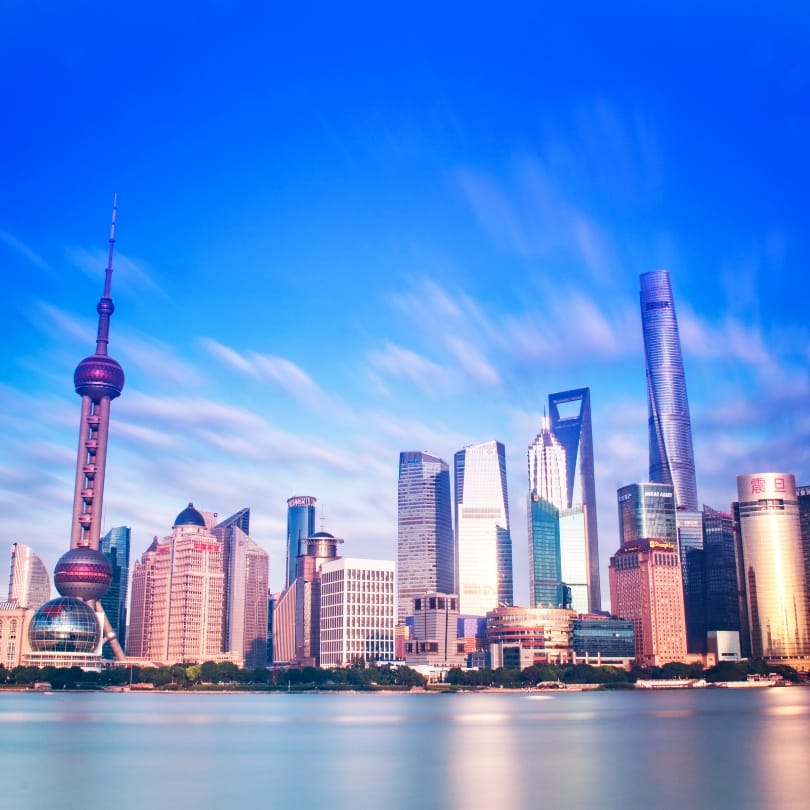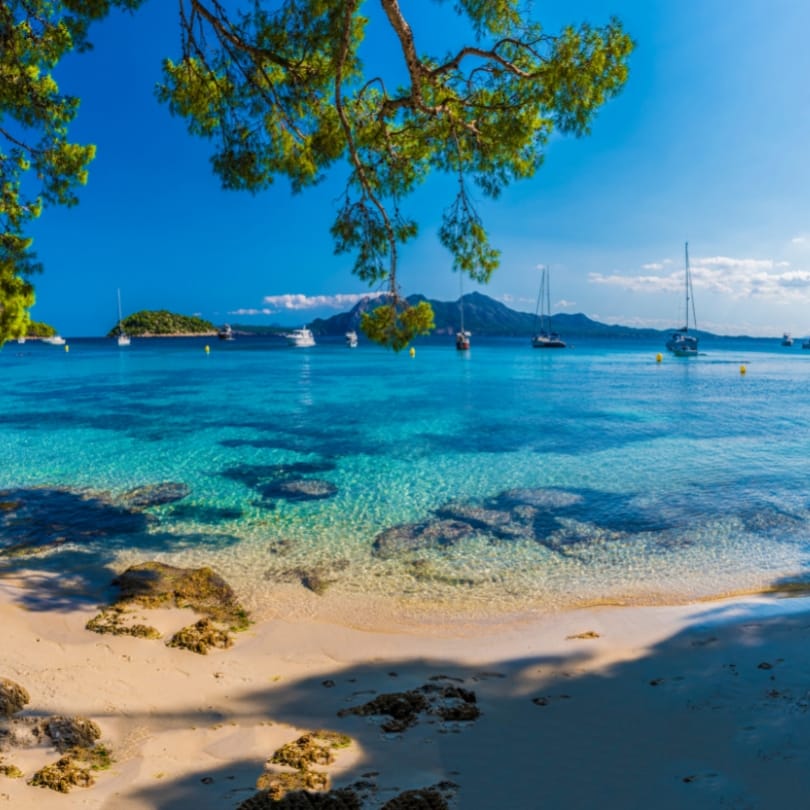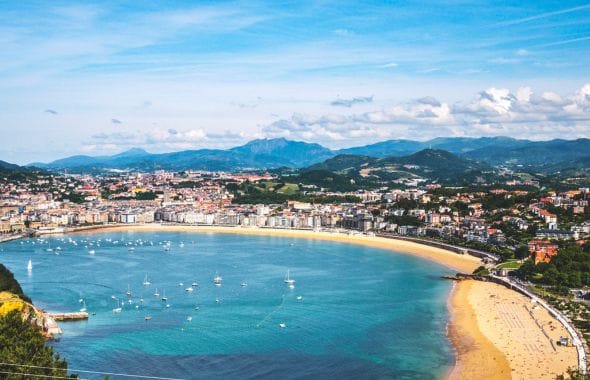Bristol to Edinburgh is just the kind of journey where low cost airlines have been cleaning up.
Economists reckon that customers will choose to fly for any journey over five hours, and with a journey time of around 5 3/4 hours, Bristol to Edinburgh is certainly that.
For the last twenty years I have lived first in Bristol, then Edinburgh, then Bristol again. I’ve made dozens of journeys between them, mostly by plane, and I’ve seen both airports expand insatiably in that time.
Since we moved back to Bristol when our son was three, we have travelled to Edinburgh every year to see our old friends. My flight shame has been building for years, but I took it as read that flights were cheaper and quicker. It seemed unreasonable to ask my family to pay more for their trip. Last year I reached a tipping point and became determined that next time I booked a trip to Edinburgh, it would be by train.
I became determined that next time I booked a trip to Edinburgh, it would be by train.
We chose a long weekend in February half term for our trip. I was travelling with my husband and our 11-year-old climate-activist son, T. To make the most of the views and the changing scenery we planned to arrive in Edinburgh before dark, and though it’s possible to be in Edinburgh by lunchtime if you are prepared to leave Bristol at 0632, we went for the more leisurely mid-morning departure.
Bristol Temple Meads station is shabby and beautiful. We boarded a crowded Cross Country train which could have taken us all the way to Edinburgh, but changing trains at Birmingham saves 45 minutes. Our reserved seats were around a table and we sat in comfortable silence, with my husband working, T immersed in his iPad, and me reading my book. Our bags were filled with books, playing cards, devices, sandwiches and snacks – the antidote to possible delays in the aftermath of Storm Dennis.
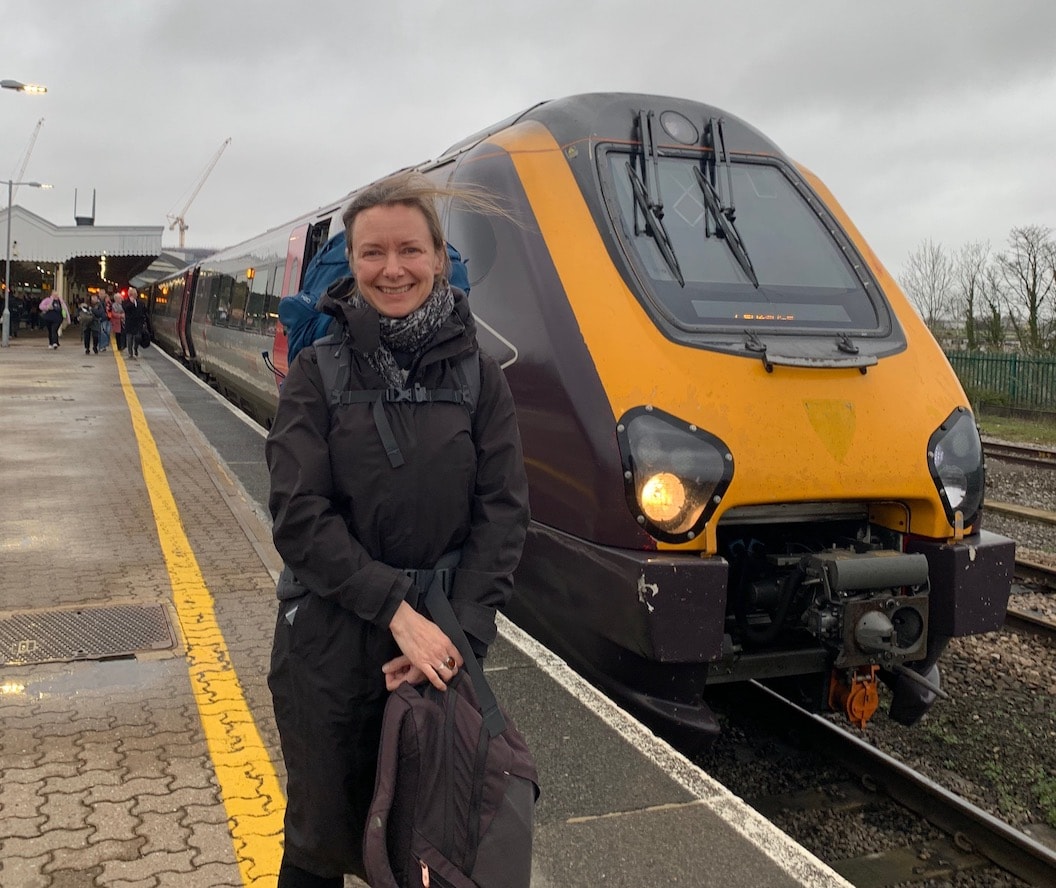
At Birmingham we swapped to the swifter, smoother, quieter and more modern Avanti West Coast train to Edinburgh. And now the real geography lesson began. We had left the well-mannered fields of the West behind. First came miles of northern towns: Crewe, Warrington, Wigan, Preston. Gothic red-brick towers, canals, cranes and scrapyards.
First came miles of northern towns: Crewe, Warrington, Wigan, Preston. Gothic red-brick towers, canals, cranes and scrapyards.
Later, brick was replaced by stone – first grey stone, then red. The towns melted away into smooth green hills which became steeper, more rugged. Lancaster, Penrith, Carlisle. Pasture became moor. The railway ran alongside a river and the M6, threading its way through steep valleys and cuttings. Rain was falling, and water streamed off the hillsides to join the rushing river.
Then we stopped. We waited. The train manager made an announcement about overhead power lines. Admittedly, it looked extremely windy. We gazed at the mossy banks of a cutting topped by a dry-stone wall. Rain pelted the window. We weren’t worried. We had no more connections to make, and plenty of time to reach Edinburgh.
T and I took a walk up to the ‘shop’, otherwise known as the buffet, where he exchanged his pocket money for a packet of mints and I examined the hot food options (mainly burgers and paninis). A friendly member of catering staff told me that this was an all-electric train, and if the power lines failed we would have to wait for a locomotive to tow us to a station. But at that moment we started moving again.
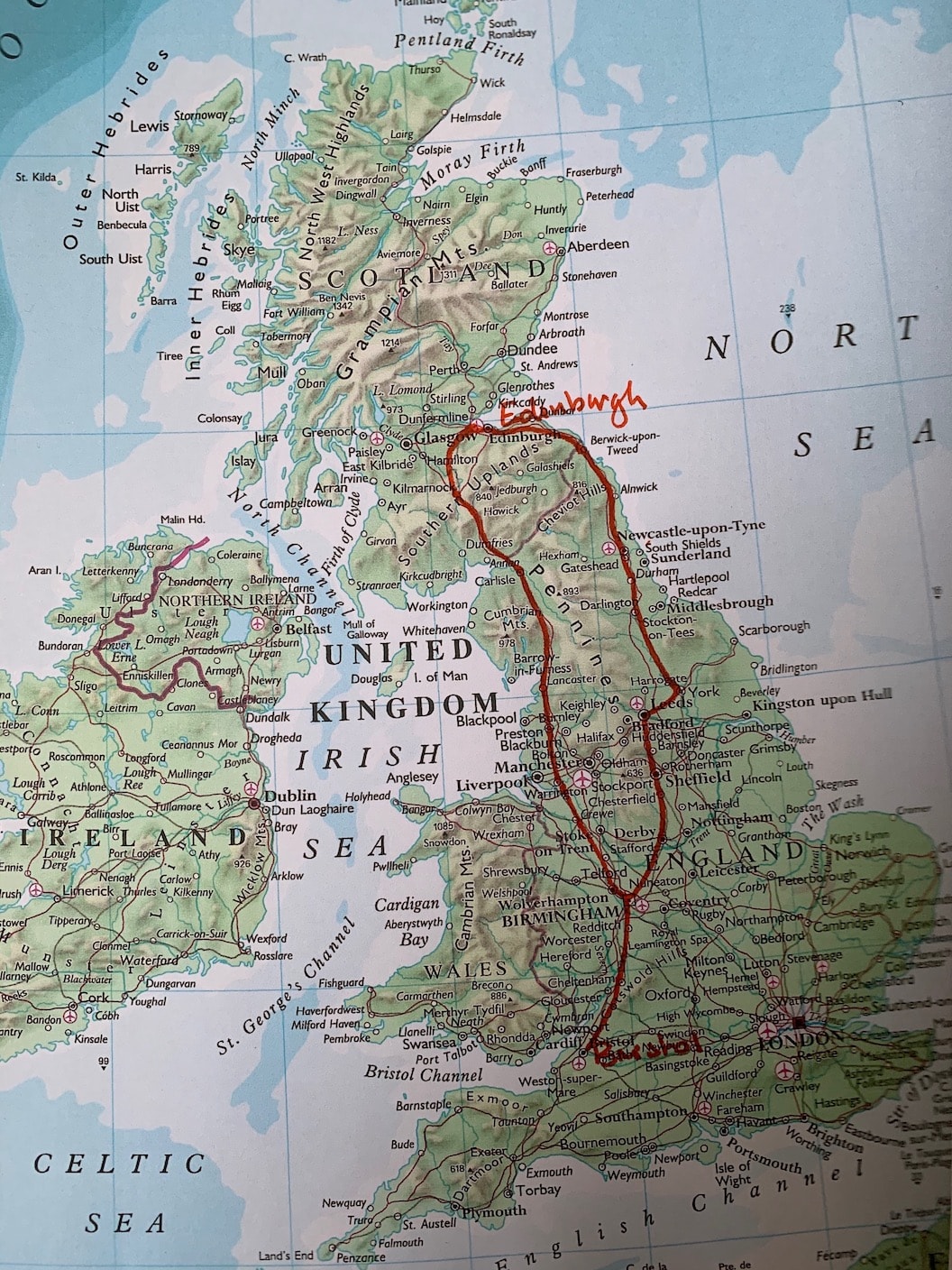
Crossing the border into Scotland the hills grew more dramatic and then abruptly fell away as we crossed the floodplain of the River Clyde near Carstairs. Our arrival in Edinburgh was theatrical, gliding past Murrayfield Stadium and beneath the clifftop Castle, then coming to a halt at Waverley Station, 42 minutes late, but still in daylight.
We spilled gratefully out of the station and straight on to one of Europe’s most beautiful boulevards, Princes Street, five minutes’ walk from our hotel.
So how does the train compare with flying?
Undoubtedly, the train takes longer. If all goes well, when we fly we arrive four and a half hours after setting off. Our train journey, door to door, would have been just under seven hours without the delay.
Having said that, flying doesn’t always go smoothly. Twice I have had to wait over an hour for a taxi at Bristol airport, and once our flight was delayed by six hours because of snow on the runway. Whether you fly or take the train, delays are all too common. But the main consideration is that the concentrated time on the train is ideal for relaxing, reading and chatting, where time at the airport is full of stress and distraction.
The concentrated time on the train is ideal for relaxing, reading and chatting. Time at the airport is full of stress and distraction.
As for cost, our train tickets cost £288.40 including a booking fee. That was for flexible off-peak return tickets that could be used on any train. We made the most of the flexibility and travelled home via the east coast, for a whole new set of vistas and cities: the famous Tyne bridges in Newcastle, Durham Cathedral, Sheffield steelworks and the flooded midlands where swans and herons presided over newly-created glassy lakes.
Had we needed to cancel, we could have done so for a £10 fee. Our Family and Friends Railcard, which costs £30 for a year, gave us a discount of a third off the adult tickets and 60% off the child ticket, so it would have paid for itself on this trip alone. (If you don’t have children, consider the Two Together Railcard instead.) Furthermore, because our train to Edinburgh was more than half an hour late, we can claim back 25% of the return fare, bringing the cost down to £217.
Airlines advertise Bristol to Edinburgh fares of just £21 each way, but those fares aren’t available on a Friday in the school holidays. For our journey the total cost for our party of three would have been £237.94. We would have had to add around £55.00 for buses to and from the airport at each end (more for taxis), giving a total cost of £293. There are also extra fees each way to reserve your seats or check a bag. And flexible tickets cost much, much more. On this occasion, the train wins on price.
Perhaps the only comparison that ought to matter is carbon emissions. In How Bad are Bananas? Mike Berners-Lee estimated that, for a similar length of journey, the train’s emissions are about one third of flying. The carbon intensity of our electricity has halved since that book was written, though this journey is at least partly by diesel train. To keep your emissions as low as possible choose the west coast route and travel standard class.
Perhaps the only comparison that ought to matter is carbon emissions. For a similar length of journey, the train’s emissions are about one third of flying.
I think many of us have fallen for the low-cost airlines’ own publicity when it comes to the cost of flying. Trains are not always more expensive, and, on key inter-city routes, may not be that much slower. Airlines rarely acknowledge the environmental cost, except to suggest that offsetting could make your flight carbon neutral – although there are huge problems associated with that.
But we would do well to remember that part of the joy of travel is the experience of getting there, not just the act of arrival.
